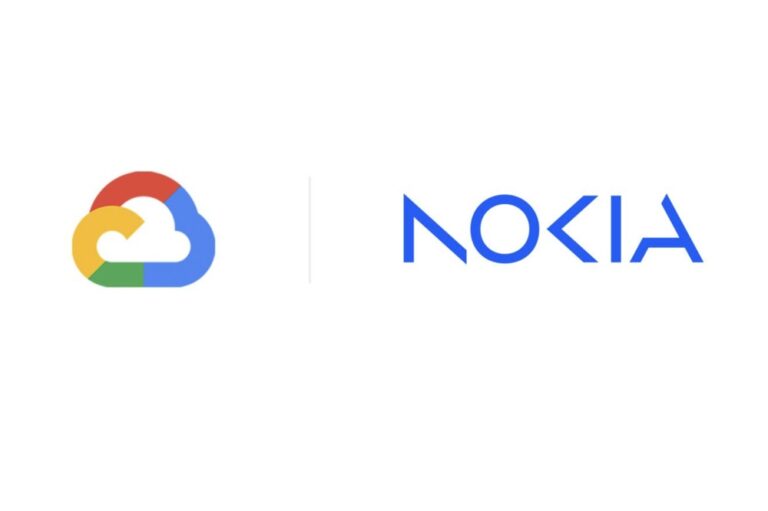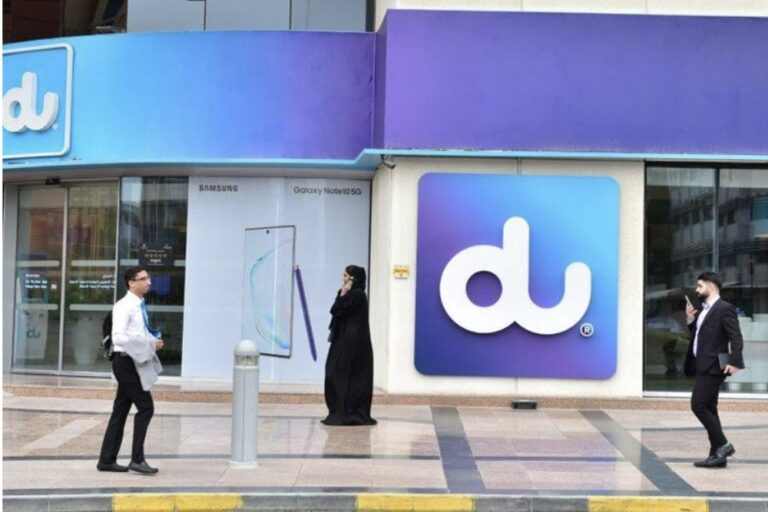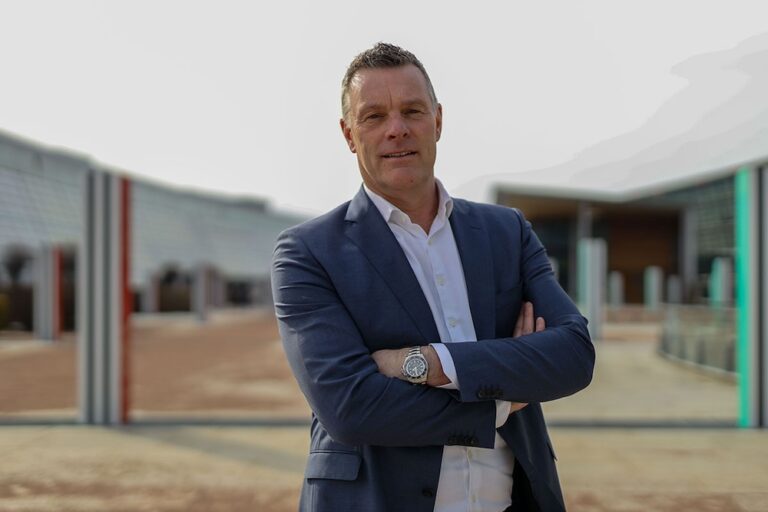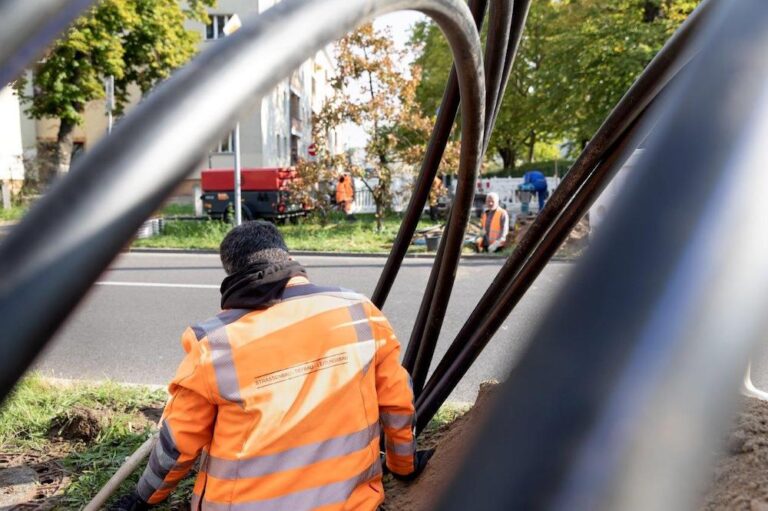The fallout from the Azure for Operators implosion continues as Amdocs follows Nokia with a Google Cloud tie-up
Microsoft’s decision to retrench Azure for Operators is causing some interesting realignments in previous partners. Amdocs, which already has deep relationships with operators around the world, has joined Nokia in announcing a deeper partnership with Google Cloud that will see Amdocs’ AI and Data Platform (previously DataOne) now use Google Cloud’s unified AI-ready data platform to provide business decision support for telcos.
While Nokia’s tie-up was more about API development, Amdocs wants is incorporating the Google Cloud Architecture Framework to create a layered and service-based architecture to provide telcos with a unified real-time data source that integrates information from various systems across the business.
The talk of telco operating systems is no more although it is hardly surprising. Implementing cloud-based solutions in telcos is tough. Operators often have legacy systems that require extensive integration efforts, which can be costly and time-consuming. In addition, concerns around data privacy, control and dependency on a single vendor would have had operators baulking at signing up. Microsoft sealed Azure for Operators’ fate when it made its broader strategic shift towards AI which led to reallocating resources away from less successful ventures.
Google’s gain
Google’s strength has always been analytics and the Amdocs tie-up gives this a turbo-boost. Amdocs already provides a standardised business model but now, the combined scale of the Amdocs platform and Google BigQuery allows customers to process large volumes of data without manual scaling operations.
The platform allows telcos to integrate Amdocs Logical Data Model on BigQuery. This, says Google, maximises existing investments in tools and processes, ensuring a “cohesive and cost-effective data management strategy that enhances overall productivity”.
Amdocs, which already had deep relationships with Google [and the other hyperscalers] gets a way to continue operator cloud migration discussions with customers. Amdocs’s cloud-based platform uses a data mesh architecture to provide a unified and continuously updated view of customer data and related transactions. It also utilises the Amdocs Logical Data Model (aLDM) to standardise data taxonomy, thereby simplifying data governance and enhancing security. This approach, says Amdocs, helps enterprises efficiently manage their data assets while ensuring compliance and protecting sensitive information.
The standardisation brought by aLDM enhances application flexibility as well. The platform supports real-time and non-real-time data requirements, enabling seamless data streaming from any Business Support Systems (BSS), Operational Support Systems (OSS), or network sources. It also is SaaS-based and cloud native which helps scalability. Additionally, the platform’s standardised business taxonomy facilitates efficient data representation and usage, improving both operational and analytical data layers.
“Our collaboration streamlines the integration of diverse data sources, enabling real-time decision-making and personalised customer experiences,” said Google Cloud telco industry director Vivek Gupta. “This joint approach empowers CSPs to accelerate new revenue possibilities aligned with significant insights coming from their business.”
“Data is the foundation of any AI-powered experience, including the burgeoning world of generative AI experiences,” said Amdocs group president of technology and head of strategy Anthony Goonetilleke (above). “Yet, data is complex, and accessing it in a scalable, performant way that enables high-value insights is challenging. We are therefore excited about our collaboration with Google Cloud to simplify the process for service providers, helping them develop a competitive edge and deliver real-time, AI-driven outcomes based on enterprise-scale data readiness.”












